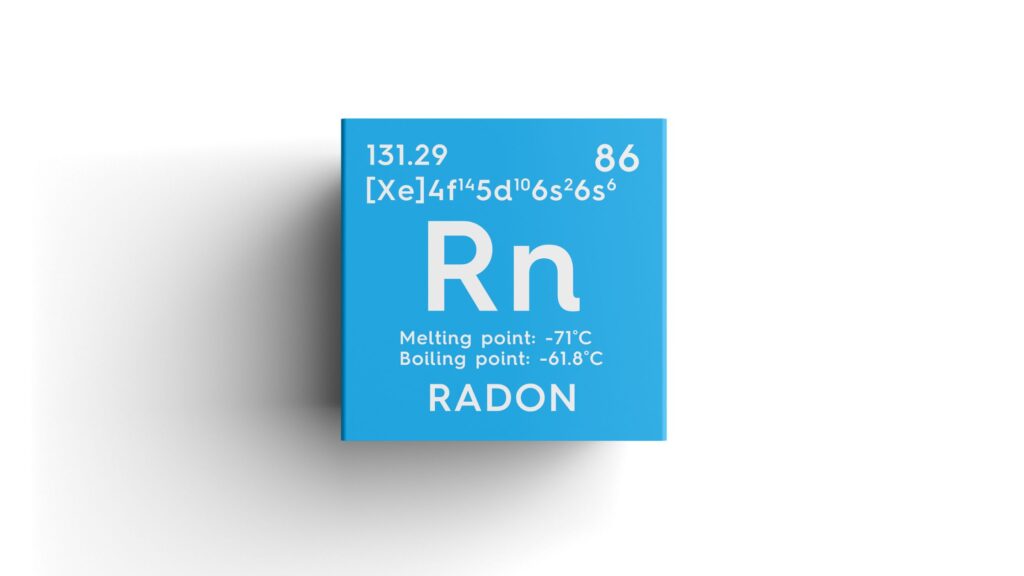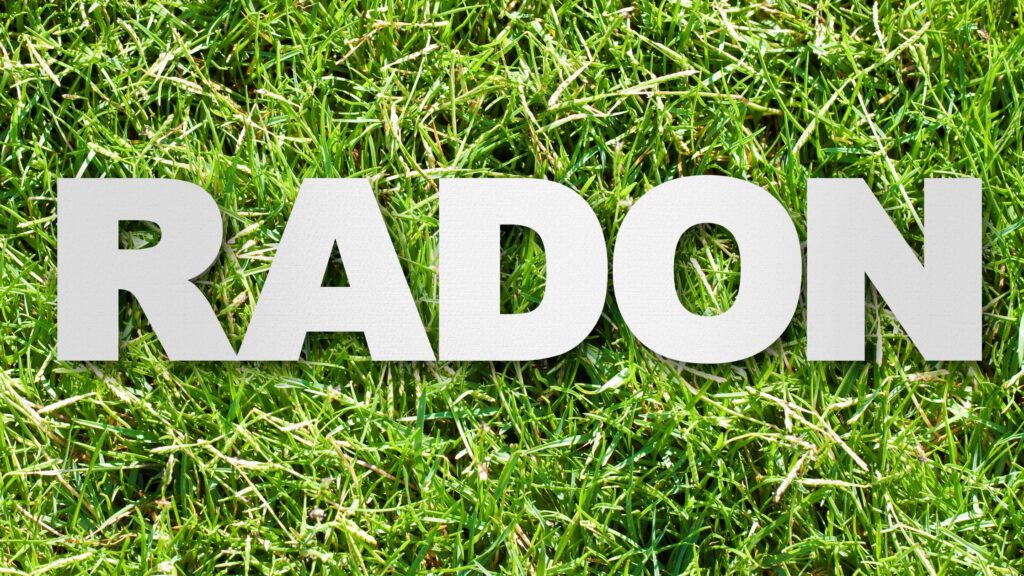When landlords invest in radon mitigation, they don’t just improve safety — they also unlock a compelling radon mitigation ROI for landlords. In fact, a properly designed mitigation system can pay off over time through reduced liability, better property appeal, and possibly higher rents. In this article, I explore how landlords can quantify that return, why it matters, and how DSM Radon can help deliver value.

Why Landlords Should Care About Radon Mitigation
Radon is a naturally occurring radioactive gas that enters buildings through cracks and gaps in foundations. It’s invisible, odorless, and harmful over prolonged exposure. Thus, even though many tenants do not realize it, landlords who ignore radon risk face legal liability, lowered tenant demand, and damage to their reputation.
Moreover, real estate markets are increasingly sensitive to health and safety certifications. Tenants may prefer units with documented radon mitigation, giving those landlords a competitive edge. When considered strategically, radon mitigation becomes not a cost, but an investment.
Calculating Radon Mitigation ROI for Landlords
To determine your return on investing in radon mitigation, follow these steps:
a) Estimate installation cost: Depending on the property (single-family, multifamily, commercial), mitigation systems may cost from a few hundred to several thousand dollars.
b) Project savings and gains: These might include:
- Lower liability and insurance risk.
- Increased rental rates or occupancy.
- Faster leasing turnaround.
- Enhanced resale value or marketability.
c) Compute the payback period: Divide the cost by your estimated annual gain.
d) Assess internal rate of return (IRR): If your expected gains exceed a threshold (e.g., 8–10 %), then the project makes financial sense.
For example, imagine a landlord spends $2,000 on a mitigation system in one unit. If that system allows a rent premium of $20/month (i.e. $240/year) and reduces vacancy and marketing expense by $100/year, total gain = $340/year. The payback is about 5.9 years ($2,000 ÷ $340). Over a 10-year horizon, that yields a solid internal rate of return. Thus, in many cases, the radon mitigation ROI for landlords can exceed 10 % per year once ancillary benefits are factored in.

Key Factors That Improve ROI
Consistent performance and tenant trust depend on how well your radon systems are installed, maintained, and communicated. A structured approach ensures safety, compliance, and long-term value. To maximize returns, landlords should ensure:
- Professional installation. Poorly installed systems may underperform, reducing both health protection and returns.
- Comprehensive radon testing. Before and after installation, test levels to validate success.
- Tenant communication and documentation. Provide reports or certifications to tenants to justify any rent premium.
- Ongoing maintenance. Regular checks ensure the system continues to perform at design levels.
- Scalable solutions. For multifamily or portfolio properties, standardizing systems can drive economies of scale.
Well-installed, tested, and maintained radon systems deliver lasting safety and stable returns while strengthening your property’s credibility. learn more about What Is Radon?
How DSM Radon Delivers Value
Des Moines Radon (DSM Radon) offers comprehensive radon testing and mitigation services across the Des Moines metro area. Their team handles both residential and commercial projects, including multi-family buildings and schools.
DSM Radon approaches each case individually. They start with testing, design a mitigation system tailored to the property, and install it to meet or exceed EPA and industry standards. Because of their local expertise and focus, landlords can rely on accurate estimates and predictable outcomes. That lowers uncertainty in your ROI modeling.
Also, by offering free mitigation estimates (per their website), DSM Radon enables landlords to assess upfront costs with clarity. Using their services can reduce installation errors, decrease performance drift, and maximize the realized radon mitigation ROI for landlords.
Best Practices to Boost ROI
For multi-unit properties, managing radon risk improves both safety and value. A focused mitigation plan keeps tenants protected and enhances your property’s reputation.
- Prioritize high-risk units first: Address areas with the highest readings to ensure immediate impact.
- Bundle multiple units into a single project: This approach reduces per-unit costs and ensures consistent quality.
- Keep pre- and post-mitigation records: Use them for compliance and marketing to showcase safety.
- Coordinate with HVAC or ventilation upgrades to improve both radon reduction and indoor air quality.
- Educate tenants about radon safety: Informed tenants appreciate transparency and may value cleaner, safer housing.
Smart, documented mitigation strengthens tenant trust, lowers costs, and boosts your property’s long-term value.
Conclusion
Smart landlords view radon mitigation not as mere compliance, but as an investment with measurable returns. When implemented professionally, mitigation systems reduce risk, enhance tenant trust, and can deliver meaningful financial returns. For landlords in the Des Moines region, DSM Radon offers the expertise, comprehensive services, and reliability to make that ROI real. Connect with DSM Radon to explore your property’s radon mitigation potential today.

Frequently Asked Questions
Q1: What is the average cost of radon mitigation for a rental property?
Costs vary widely depending on foundation type, size, and complexity. A single-family unit may cost several hundred to a few thousand dollars. Multi-unit or commercial properties often cost more per project, but lower per unit.
Q2: How much does radon mitigation increase rentability or rent value?
That depends on local market demand and tenant awareness. In some cases, landlords may obtain a premium (e.g. $10–$30/month) or a faster lease. The exact uplift must be tested in your market.
Q3: How soon can I recover my investment (i.e., payback period)?
Typical payback periods can range from 4 to 10 years, depending on cost, rent premium, vacancy savings, and system performance. With additional benefits, ROI can exceed returns from many property improvements.
Q4: Do I need to retest after mitigation, and how often?
Yes. Always perform post-installation testing to confirm the system’s efficacy. After that, retest every 2–5 years or if you make structural or HVAC changes that could affect airflow.





